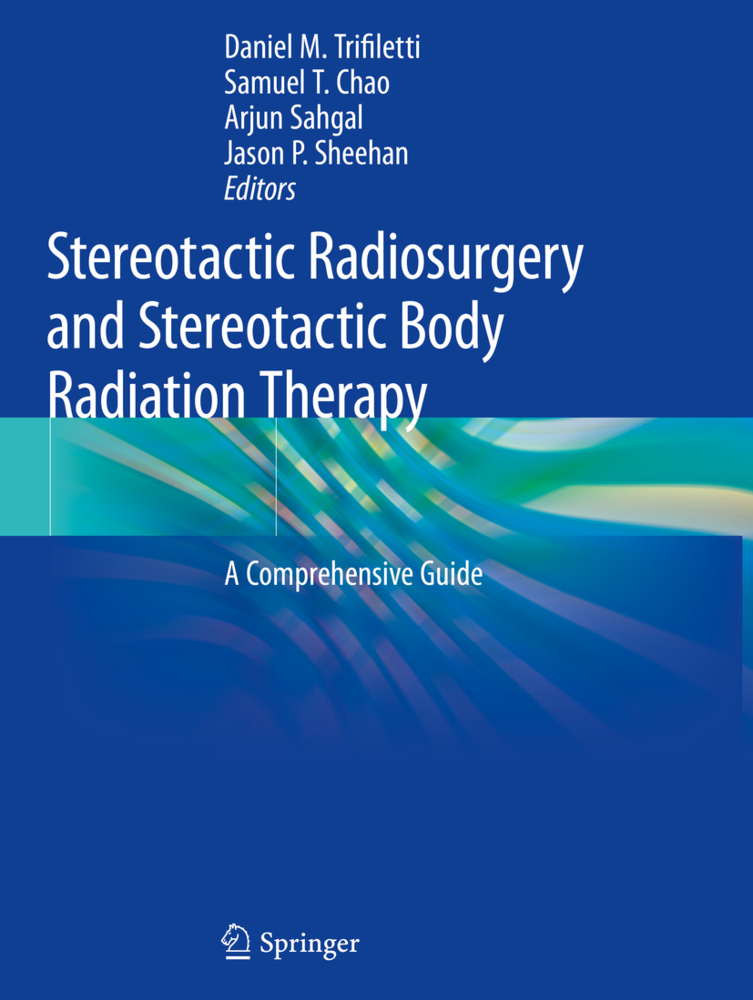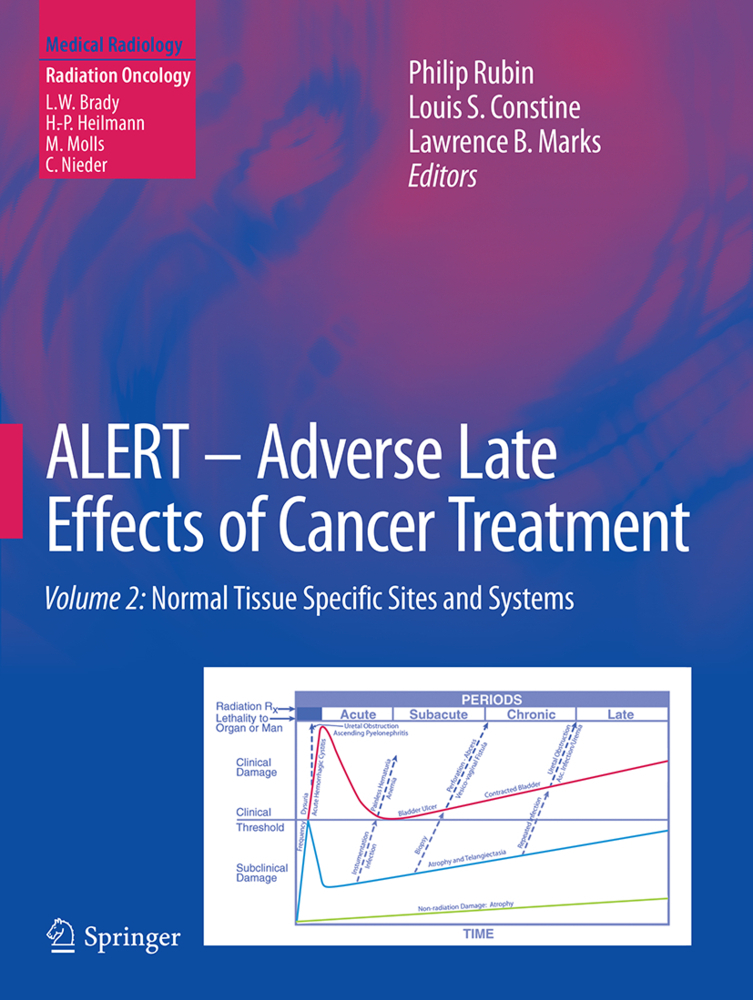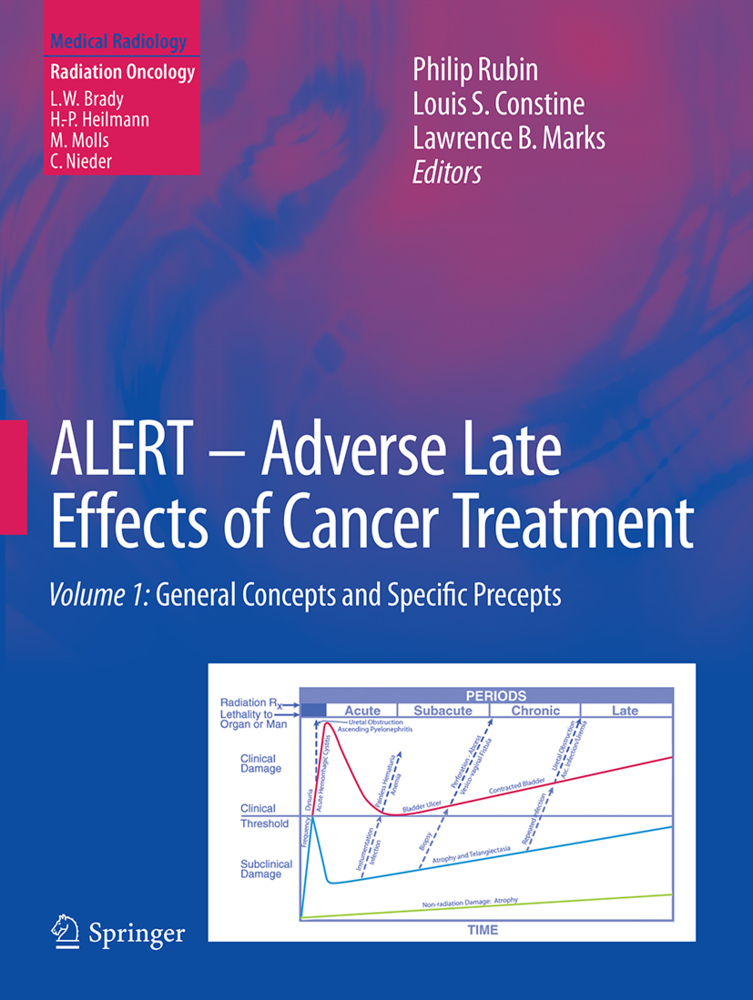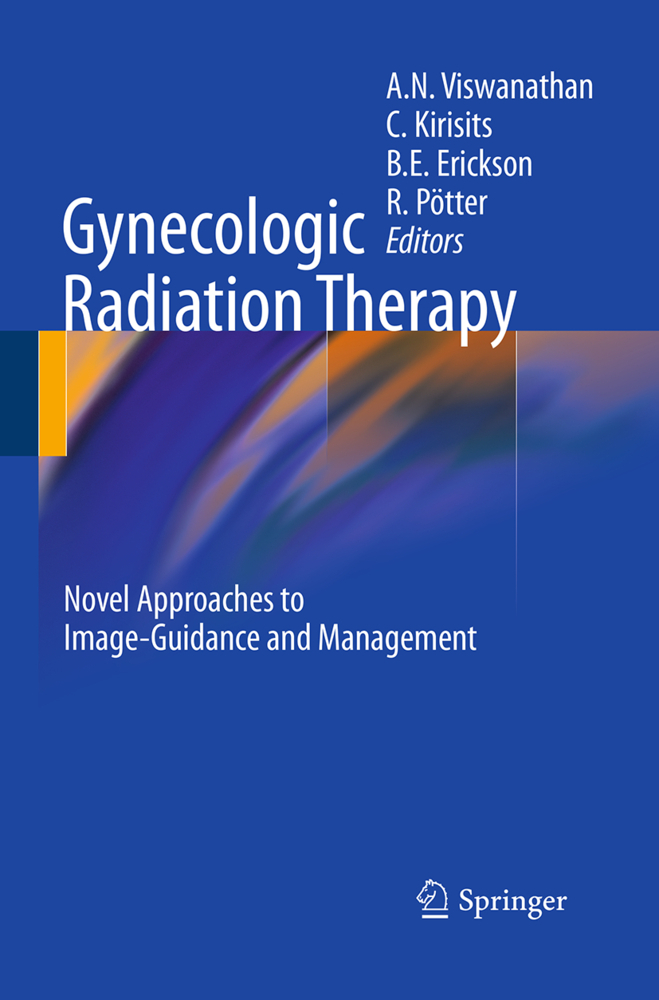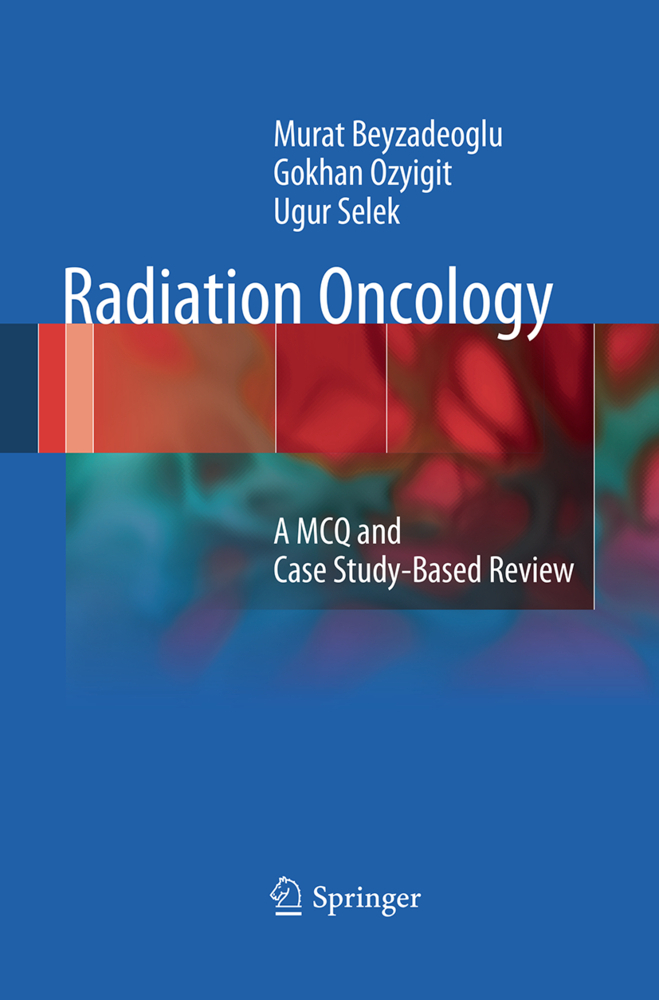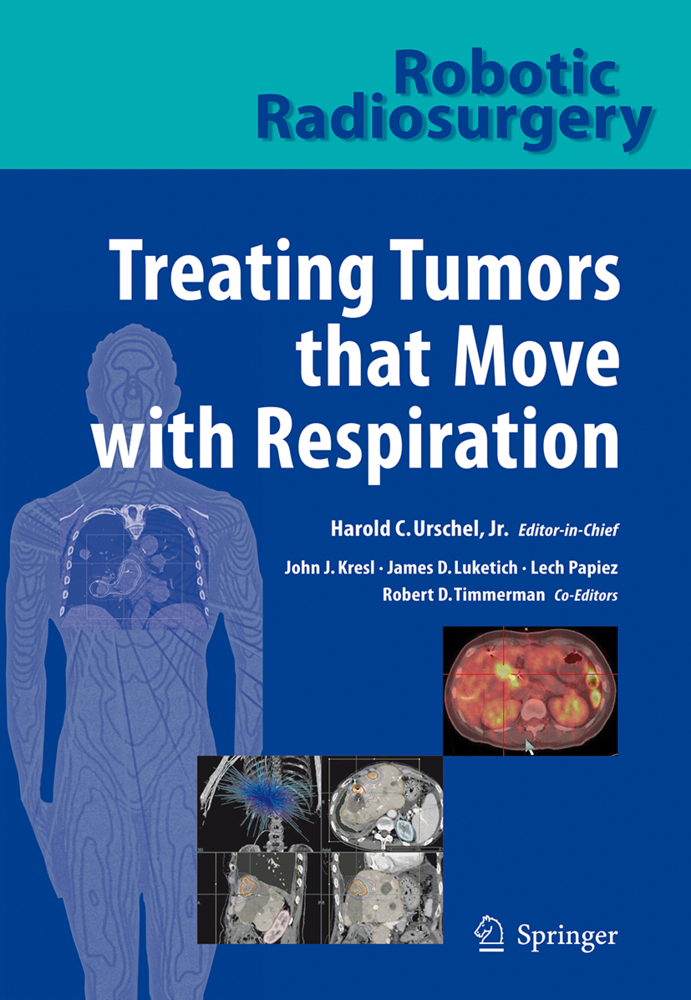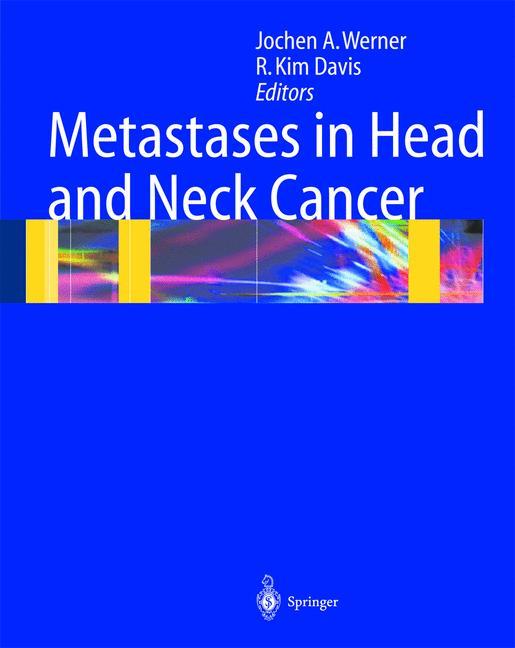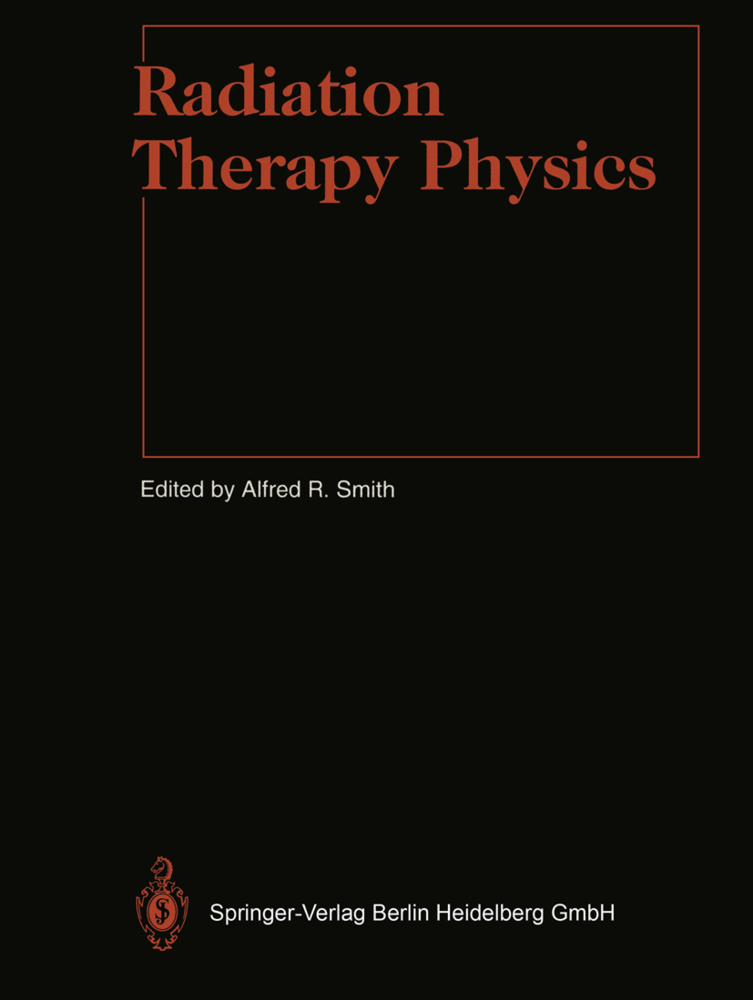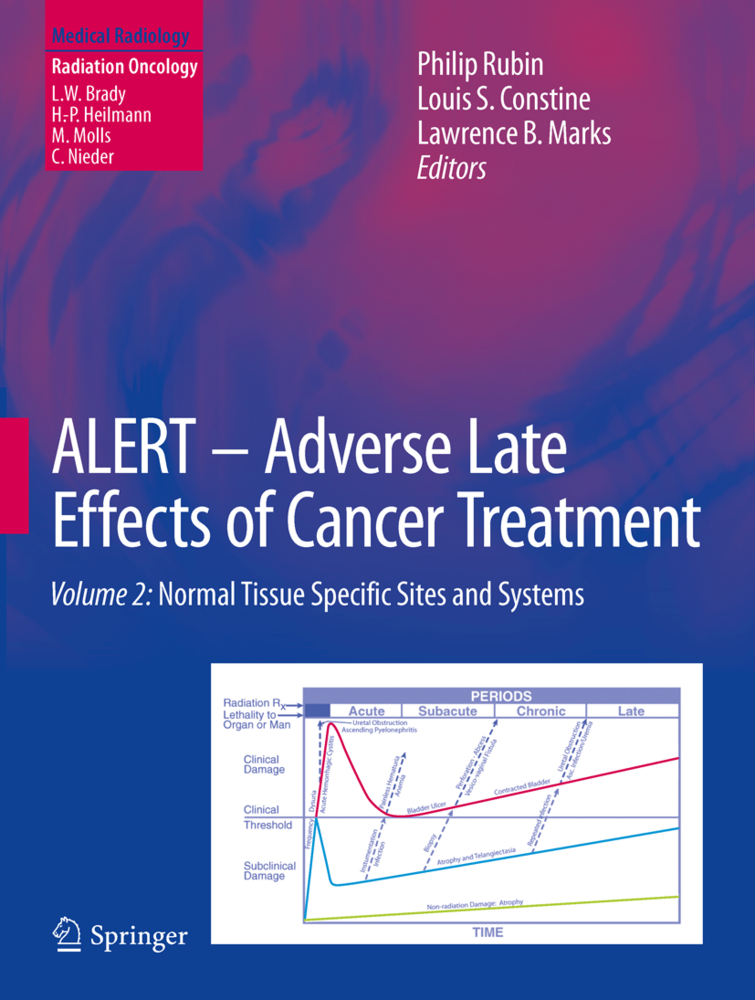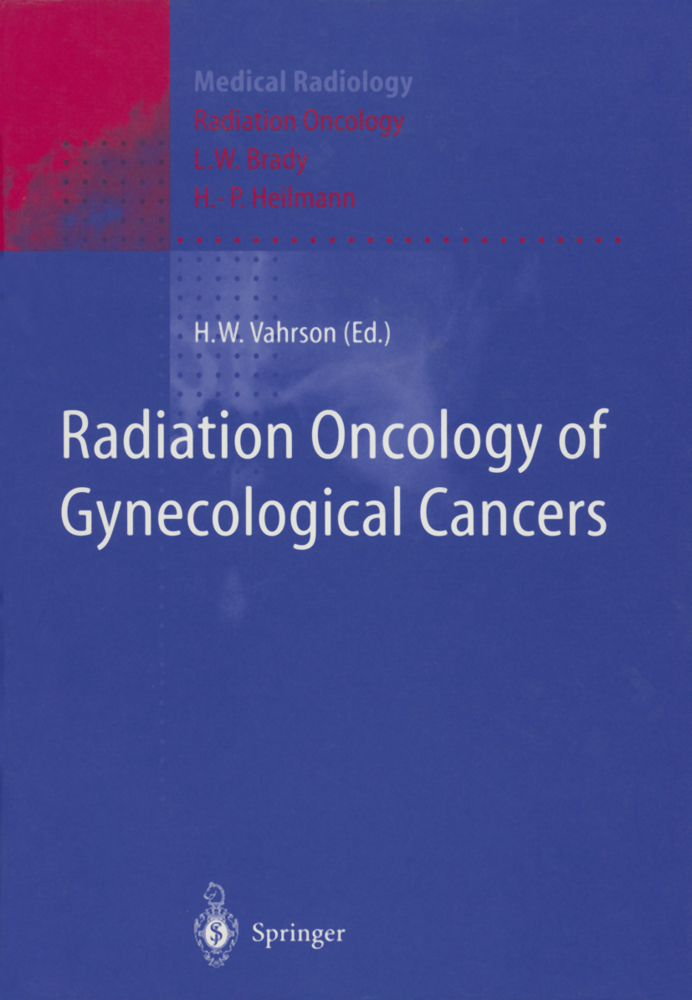Radiation Hormesis and the Linear-No-Threshold Assumption
Current radiation protection standards are based upon the application of the linear no-threshold (LNT) assumption, which considers that even very low doses of ionizing radiation can cause cancer. The radiation hormesis hypothesis, by contrast, proposes that low-dose ionizing radiation is beneficial. In this book, the author examines all facets of radiation hormesis in detail, including the history of the concept and mechanisms, and presents comprehensive, up-to-date reviews for major cancer types. It is explained how low-dose radiation can in fact decrease all-cause and all-cancer mortality and help to control metastatic cancer. Attention is also drawn to biases in epidemiological research when using the LNT assumption. The author shows how proponents of the LNT assumption consistently reject, manipulate, and deliberately ignore an overwhelming abundance of published data and falsely claim that no reliable data are available at doses of less than 100 mSv.
1;Preface;5 1.1;References;6 2;Acknowledgments;7 3;Contents;8 4;1 Introduction;11 4.1;1.1 The LNT Assumption;13 4.2;1.2 Radiation Hormesis and Radioadaptive Response;16 4.3;References;22 5;2 Molecular and Cellular Mechanisms;27 5.1;2.1 Introduction;27 5.2;2.2 The Radioadaptive Response;29 5.3;2.3 Chromosome Aberrations;32 5.4;2.4 Neoplastic Transformation;34 5.5;2.5 Apoptosis;36 5.6;2.6 Immune Enhancement;38 5.7;References;40 6;3 Natural Environmental Radiation;47 6.1;References;51 7;4 Accidents, Tests, and Incidents;53 7.1;4.1 Radium Dial Painters;53 7.2;4.2 Nuclear Weapons Tests;54 7.3;4.3 Mayak and Techa River Residents;55 7.4;4.4 Eastern Urals Nuclear Waste Tank Explosion;55 7.5;4.5 Japanese A-Bomb Survivors;56 7.6;4.6 Taiwan Contaminated Buildings;57 7.7;4.7 Chernobyl;57 7.8;References;60 8;5 Medical Exposures and Workers;63 8.1;5.1 Radiotherapy for Noncancer Conditions;63 8.2;5.2 Diagnostic Radiation Exposures;64 8.3;5.3 Prenatal Exposures;65 8.4;5.4 Radioiodine Therapy;65 8.5;5.5 Second Tumors in Radiotherapy Patients Treated for a Primary Tumor;66 8.6;5.6 Medical Workers;67 8.7;References;70 9;6 Nuclear Workers;73 9.1;Appendix;79 9.2;References;92 10;7 Biased Epidemiological Studies;95 10.1;7.1 Epidemiology Studies;95 10.2;7.2 Bias, Prejudice, and Statistical Inaccuracy;97 10.3;7.3 Pooled Studies;99 10.4;References;100 11;8 Evidence Negating the Healthy Worker Effect;102 11.1;References;109 12;9 Lung Cancer;113 12.1;9.1 Introduction;113 12.2;9.2 Tobacco;113 12.3;9.3 External Low LET Radiation;114 12.4;9.4 Radon General;117 12.5;9.5 Environmental and Ecologic Studies of Radon;117 12.6;9.6 Case-Control Studies of Radon;120 12.7;9.7 Underground Uranium Miners;123 12.8;9.8 Internal High LET Radiation;123 12.9;9.9 Mechanism;126 12.10;Appendix;126 12.11;References;134 13;10 Breast Cancer;143 13.1;Appendix;147 13.2;References;153 14;11 Leukemia;156 14.1;Appendix;160 14.2;References;168 15;12 Liver, CNS, and Thyroid Cancers;171 15.1;12.1 Liver Cancer;171 15.2;12.2 Central Nervous System Cancer;172 15.3;12.3 Thyroid Cancer;173 15.4;Appendix;175 15.5;References;188 16;13 Lifespan, Birth Defects, and Experimental Cancer;190 16.1;13.1 Lifespan;190 16.2;13.2 Birth Defects;192 16.3;13.3 Experimental Cancer;193 16.4;References;198 17;14 Animal and Human Cancer Therapeutic Studies;202 17.1;References;207 18;15 Conclusions, Summary, and Importance;209 18.1;References;213 19;Index;219
Sanders, Charles L.
| ISBN | 9783642037207 |
|---|---|
| Artikelnummer | 9783642037207 |
| Medientyp | E-Book - PDF |
| Auflage | 2. Aufl. |
| Copyrightjahr | 2009 |
| Verlag | Springer-Verlag |
| Umfang | 217 Seiten |
| Kopierschutz | Digitales Wasserzeichen |

